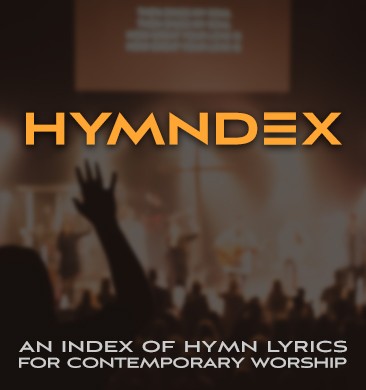by Don Chapman
When I accepted my first music director ministry job it was a part-time position at a church plant. They couldn’t afford to hire a full time music person and frankly didn’t need one. The church eventually grew to around 300 and by then I had things running so smoothly at 20 hours per week I still couldn’t see a need for going full time.
The Part-Time Advantage:
In this economy as ministries are cutting corners many small and medium sized churches will look for part time help. I believe a part time worship leader can run a ministry of up to 300-400. Beyond that size a church really should have a full time position to manage the multiple services and ministries.
Let’s be honest here – artist types are not known for their organizational skills. Some can only exist at a megachurch where they can follow their muse and let their support staff plan and coordinate the particulars. If you’re a part-timer you’ll need to learn the skills to do most things all by yourself as you won’t have a staff to help you (there’s also some job security in being one person doing three jobs!) What does a part-time worship leader look like?
The first few months of a part-time music job are the most time-intensive. You’re getting used to the people and the ebb and flow of the ministry. You’re learning the favorite songs of the church and deciding which new ones to introduce. You’re buying or creating charts for the songs and assembling your music library. And you’re probably going to be cleaning up the mess from an unorganized lay person who haphazardly tried to keep things going before you arrived.
Once this foundation is laid the job can run like clockwork – you’ll create maybe one new chart every week or three, you know Bob the drummer can only play the first Sunday of every month and Jane doesn’t vocally blend well with Jim (so try not to schedule those two together.)
Twenty hours a week will probably not be a constant: I’d work fewer hours in the summer when attendance was down due to vacations and more hours in the winter and spring as Christmas and Easter approached. As long as the music was good and things ran smoothly the leadership was lenient with my time.
Bottom Line: Once the foundation has been laid, a small to medium sized ministry can be easily managed by a part time worship leader.
Summary: The Part-Time Worship Leader’s Journey
- The Foundation Phase (First Few Months):
- Get acquainted with the congregation and ministry flow
- Learn favorite songs and introduce new ones
- Create or purchase music charts
- Assemble your music library
- Potentially reorganize systems left by previous volunteers
- The Efficiency Phase:
- Create new charts less frequently (about one every few weeks)
- Understand team members’ strengths and schedule accordingly
- Balance vocal dynamics for optimal sound
- Flexible Time Management:
- Adjust hours seasonally (e.g., fewer in summer, more around holidays)
- Prioritize quality and smooth operations
- Maintain flexibility within your part-time hours
Key Takeaway: Once a solid foundation is established, a part-time worship leader can effectively manage the music ministry of a small to medium-sized church (up to 300-400 members), balancing quality worship leadership with efficient use of resources.








